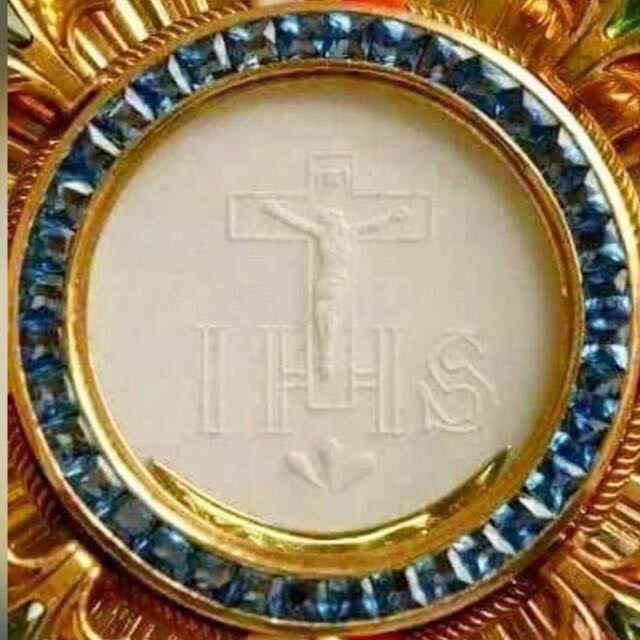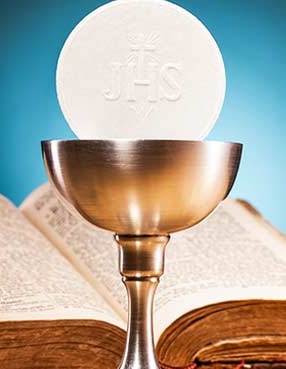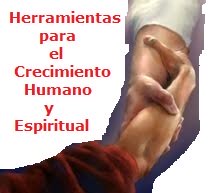The Federal Reserve Act of 1913
The Federal Reserve Act of 1913 gave origin to the Federal Reserve System in the U.S. as we know it today. Moreover, it reinforced Central Banks’ model around the world.
The Federal Reserve Act was signed on December 23 of 1913. In essence, it took away from the U.S. Congress the power to create money on behalf of the U.S. citizens, and handed it over to private interests: the Federal Reserve Corporation, or simply called the FED.
And How Can I Help?
You may wonder, 'how can I be part of the solution', 'how can I contribute?'. Learn more...
What did Federal Reserve Act of 1913 mean?
In a nutshell, it meant that from that date on, the interest of private banking institutions in U.S. was going to be put before the general welfare.
Contrary to the Federal Reserve Bank’s intended purpose, history has recorded that since its inception in 1913, phenomena such as poverty, corruption and inequality, under the form of concentration of wealth, financial speculation (leading to financial crisis such as the Great Depression of 1929, just 16 years after the bank’s creation, and the 2008 Global Economic Crisis), out-of-control public debt and taxation have increased.
For example, while in 1929 (16 years after Federal Reserve’s enactment) 36% of the U.S. wealth was in the hands of 1% of the population, in December of 2011, over 50% of the wealth was in possession of less than 1% of the population.
Similarly, while in 1913 the U.S. public debt was 4% of the GDP (Gross Domestic Product), in February of 2012 it was 115%!
Did the Federal Reserve Act of 1913 ignore the U.S. Constitution?
Yes, it did.
Let’s recall that the U.S. Constitution had stated that the Money creation power resided in Congress:
'Congress shall have the power to coin money and regulate the value thereof, and of foreign coin'. Article 1, Section 8, Part 5.
But, isn´t the Federal Reserve a government instance?
No, it is not.
Its name can make us think that the Federal Reserve is part of the government yet the Federal Reserve is in fact a private corporation.
It is composed of 12 regional Federal Reserve banks that are owned by private banks within their respective areas.
Except for its chairman and the Washington Federal Reserve board fifth member, who are appointed by the U.S. president, the other members of the board of directors are individuals belonging to the private member banks.
What was the known argument by which the U.S. Congress ceded the power to create Money to the private bankers?
According to authors the main argument for the Federal Reserve Act of 1913’s creation was that ‘politicians were too weak and subject to popular influences so that they could not be trusted for properly handling the Money supply’.
Wait a minute! Isn´t that argument equivalent to considering politicians incapable of dealing with matters associated with the common good?
Yes, it is!
So what are politicians for then?
Isn´t their mission precisely to make sure that public interest is fully protected?
Isn’t there a huge contradiction in that argument?
Could we affirm that the public interest in such a critical matter as the control of Money supply is better protected in private hands?
For us, there is a catastrophic conflict of interests by having Money creation in private hands. Such process, so critical to the public interest, must be served by public officials, not by private interests.
Is there any difference in the way the Federal Reserve currently creates Money with respect to the provisions contained in the Federal Reserve Act of 1913?
Yes, there is.
The difference is that in 1913 the Gold Standard was in effect (see ‘The History of Banking’). Today it is not. That meant that at that time the value of created money was backed on gold.
Apart from that, today the money creation process remains the same as in 1913 and is based on the ‘Fractional Reserve Banking’mechanism.
Under such mechanism, the Federal Reserve Bank of New York (one of the 12 private Federal Reserve members) creates money out of nothing (see ‘How is Money Created’).
Then, leveraging on such base money, the other banks create their money out of nothing; the ‘reserve’ requirement (known as ‘Fractional Reserve Ratio’ or ‘Required Reserve Ratio’) ranges from 0 to 10% depending on the amount that is created.
The latter means that depending on the amount of created money, the bank either does not need to keep a portion as a reserve or such reserve is 10% maximum.
If Federal Reserve money is created out of nothing why does the U.S. government or the public have to pay interest on such money?
It is the trillion-dollar question!!
As we have stated, it is one of the greatest absurdities of modern history!
We just need to take a look at the numerous calamities due to poverty triggered by the level of indebtedness of entire nations around the globe (i.e. See the 2011-2012 debt crisis in Europe).
And what about personal indebtedness, that has caused impoverishment, domestic strife, family breakdowns and so on.
Beside the Federal Reserve Act of 1913, was the Income Tax Act also originated in 1913?
Yes, it was.
Was it just a coincidence? Let´s not forget that the current monetary system (based on Money created as a debt and subject to interest payment to the banks) has to go hand in hand with the tax system (see ‘Fiscal Policy and Poverty’).
Such tax system is like the humble servant of the monetary system, since its main mission is to collect on behalf of the private financial institutions, the principal and interests on loans mostly originated with money created out of nothing.
In other words, the tax system in the Western economies performs the 'dirty job' for the private financial institutions!
Is it fair to affirm that the Federal Reserve Act of 1913 has had a global impact that lasts until this very day?
Yes, it is.
Recapitulating, the Federal Reserve Act of 1913 established the Federal Reserve bank which became the U.S. ‘Central Bank’.
That ‘Central Bank’ pattern, regardless whether such bank is 100% private (as in the case of the U.S.) or not, was taken as the role model for establishing similar ‘Central banks’ in most countries around the world.
In particular, the money creation process (i.e. as a debt, and in the hands of private banking institutions), the Fractional Reserve Banking system (by which money is created out of nothing) and the ‘Central Bank’ independence from government instances (i.e. The money supply being controlled by private banks instead of a government instance on behalf of the public.) are pillars of the current monetary system and key features adopted by most ‘Central Banks’ around the globe.
Moreover, as a principle the ‘Central Banks monitor themselves’; there is no proper independent audit of their activities.
That translates into the fact that Central Banks are not fully accountable to the public in general.
In a nutshell, we cannot analyze the factors of Poverty without recalling the devastating consequences of the Federal Reserve Act of 1913 up to this very day!
Return To The Top Of This Page
Return from ‘The Federal Reserve Act of 1913’ to 'Money As Debt'
Return from ‘The Federal Reserve Act of 1913’ to 'How to Fight Poverty'
And How Can I Help?
You may wonder, 'how can I be part of the solution', 'how can I contribute?'. Learn more...







